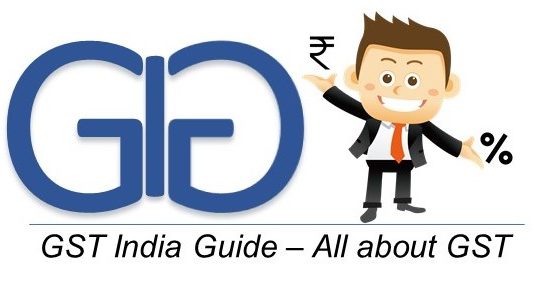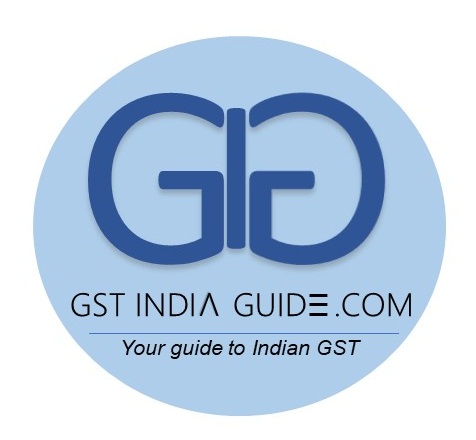Recently, sub-rule 4 to Rule 36 has been inserted vide Notification No. 49/2019 – Central Tax dated 9th October, 2019 which are reproduced below:
“(4) Input tax credit to be availed by a registered person in respect of invoices or debit notes, the details of which have not been uploaded by the suppliers under sub-section (1) of section 37, shall not exceed 20 per cent. of the eligible credit available in respect of invoices or debit notes the details of which have been uploaded by the suppliers under sub-section (1) of section 37.”
The new sub-rule provides as under:
- ITC to be availed by a registered person
- Such ITC should be in respect of invoices or debit notes, detail of which have not been uploaded by the supplier under Section 37(1)
- A restriction is imposed on such ITC to the extent of 20% of the eligible ITC available in respect of invoices or debit notes the details of which have been uploaded by the suppliers under Section 37(1)
It is hereby clarified that the details of invoices or debit notes which have been uploaded by the suppliers under Section 37(1) uploaded by a taxpayer in Form GSTR -1 are available to the recipient registered person in his GSTR – 2A. And thus, every registered taxpayer as a buyer knows as to detail of how many invoices or debit notes have been uploaded by the supplier.
At the outset, it is important to state that ITC under CGST Act is not a set of individual provisions but it is a scheme of closely knitted sections which lays down a complete manner of entitlement, availment, reversal, and add back of ITC which legislature wants a taxpayer should take. Thus, the law makers were of the view that the entire scheme has to be followed in the manner prescribed else the entire eco system is compromised. However, since GSTR 2 and GSTR 3 could never be effected, and provisions relating thereto still exists, there is a big handicap to which the entire system of GST ITC was exposed to. However, even though this system has become vulnerable to many issues, yet, in the opinion of the author, still the entire Act as it stands today does not provide liberty to the subordinates to provide for any rule which violates the very fabric of ITC made from interwoven sections.
Section 16(1) provides that every registered person shall, subject to such conditions and restrictions as may be prescribed and in the manner specified in section 49, be entitled to take credit of input tax charged on any supply of goods or services or both to him which are used or intended to be used in the course or furtherance of his business and the said amount shall be credited to the electronic credit ledger of such person.
Thus, the Section provides for two separate events, one of entitlement to take credit and second the manner in which it shall be credited in his electronic Credit Ledger. While Rule 36 provides for the condition of entitlement, Section 49 read with Rule 86 provides for as to how much ITC shall be credited to the electronic credit ledger. There is a big difference between entitlement and crediting of amounts to the ledger. Any restriction on entitlement should be brought by way of Section 16, while any restriction on the crediting of such amount in the electronic credit ledger should be brought vide Section 49. The Sub Rule provides for the restricting the entitlement itself (as it forms part of Rule 36), which means that ITC which was otherwise available to him has been made ineligible merely on account of non uploading of details by the supplier. The sub rule has been brought in the very rule (Rule 36) which provides for the conditions of entitlement and such provision has been introduced ignoring all other provisions of Act. Section 37, 38, 41 and 42 provides for manner in which ITC not uploaded by the supplier shall be dealt with. This manner of restricting ITC was never warranted by the legislature when we read the other Sections as stated above. The legislature provided for availment of self assessed ITC even where the details are not uploaded by the supplier. Thus, the legislature never intended to restrict the entitlement of ITC in the first go iteslf in terms of details not uploaded by the supplier. The Act provides for mechanism which allows system to communicate such non uploaded invoice to both parties and gives them a chance to rectify the same. In case if the same is not rectified within the given time frame, then such ITC is added to the output liability of such person. Thus, looking into the entire scheme it seems that the provision of sub rule 4 to Rule 36 travels beyond the Act and is thus, ultravires.
Further, the legislature has specifically introduced Section 43A providing for such restriction based on invoices upload and thus Section been brought as a non obstinate clause and overriding Section 37, 38, 41, 42 and 43 of the Act. Thus, the law makers were clear while drafting this section that in order to bring such a restriction they would need to provide overriding powers to the section over many other sections. However, this section is yet not notified and effected. Thus, this very section itself lays down that the manner in which sub rule (4) has been brought in Rule 36 is improper and goes beyond the scheme of the Act.
Secondly, a reading of Rule 36(4) gives an impression to the reader that such Rule is to be seen at the time of availing ITC (in credit ledger) and thus, this is a point concept. In other words, the entitlement is decided by the sub rule at that point when he is availing credit in his return. Thus, if an ITC is not reflecting in the form GSTR 2A at the time of availing, it shall become ineligible. Nowhere the sub rule provides for any carry forward of balance eligible ITC, nor it allows the registered taxpayer to avail such ITC when such ITC is updated in his GSTR 2A upon filing of details by the supplier. This means an ITC is lost forever. If we read this otherwise, whereby the ITC is availed only to the extent of 20% and balance is carried forward in books, then how come this provision provides for entitlement. There is a fine difference between entitlement (which Rule 36 provides) and time at which such entitled ITC can be taken. It is not entitlement but controlling the time of availment. Entitlement is the soul of ITC and not a mere procedural part.
Having discussed the new sub rule, it is also very important to question as to whether at this point when the new return system is due to be introduced from April 1, 2020, we have brought a new sub rule requiring a lot of resources for its implementation in terms of training the manpower filing the return and also the technology to allow the restriction, carry forward and management in ITC register and GSTR 2A for a taxpayer. Thus, we have defocused the entire tax base from their preparation of new return to the adoption of this new sub rule. Thus, in the humble opinion of the author, this temporary sub rule will become not only an additional cost to the entire system but also a disturbance in the introduction of new return form. Thus, it seems that both from legal as well practical positioning this new sub rule should be rolled back and focus should be on the promotion and implementation of the new return system which itself require a lot of new understanding and adoption on part of taxpayers.
Sponsor:
For monthly working and proper matching of ITC, use V-Match software. VMatch not only computes Rule 36(4) limit, it also maintains the data for future reference.
[pdf-embedder url=”https://gstindiaguide.com/wp-content/uploads/2019/11/V-Match-ppt.pdf”]
Contact us at:

ACCLEDGE INFOSOLUTIONS PRIVATE LIMITED
SD 433, Pitampura,
Delhi 110034
+91 8920 934 943
+91 966 7444 093
[email protected]
www.accledge.com/vmatch

